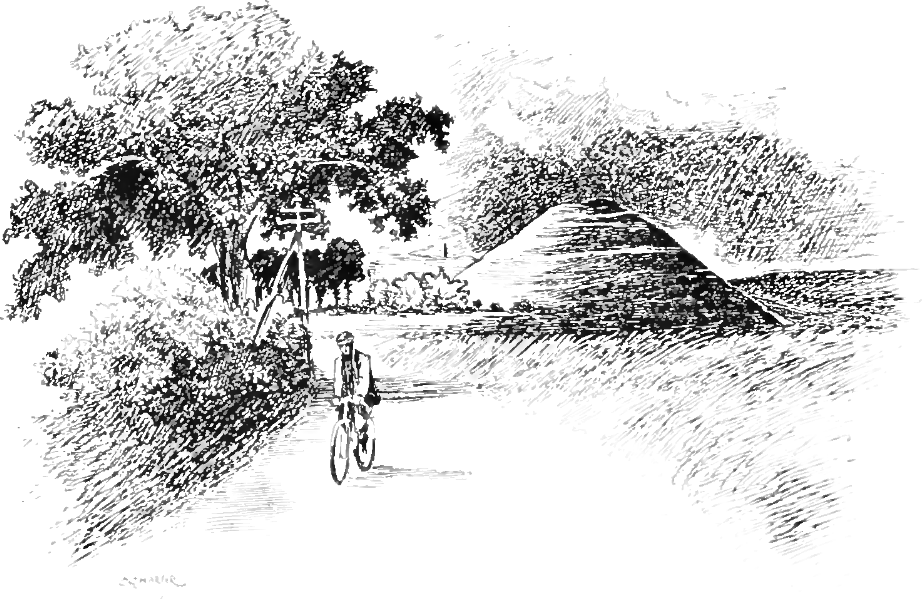<![CDATA[In Wiltshire, just 20 miles south of Stone Henge, there's another historic wonder that has drawn the admiration of natives and tourists alike, and has baffled researchers for centuries. Silbury Hill is actually a 120 foot tall man-made monument that was modified by weathering and erosion over a period of four millenia. There are many marks on its surface that are on its surface that came as a result of animal activity and human tampering. The structure of the hill is complex, and so is its history, which has kept researchers occupied for a very long time. A book published by English Heritage states that 15 distinct stages of development went into this hill by Bronze Age Britons, and construction began in about 2400 BC. English Heritage archaeologist, Dr. Jim Leary, states that the final shape of the mound was not intended by the ancient Britons, but it was just a part of a continuous story telling ritual. He also states that the flat top and the steps at the side of the hill are due to modifications made later down the years by Anglo-Saxons. Aware of Silbury Hill's relative size to the great pyramids of Egypt, Colonel Edward Draw in 1776 ordered men to mine around the area to find out if there were any burial sites around. Much to his dismay, there were none. About 70 years later, The Archaeological Institute of Great Britain and Ireland, now known as the Royal Archaeological Institute, did more digging around the mound, followed by a few more periods of digging in the 19th and 20th centuries. There was nothing found by those excavations. However, something did happen as a result of the digging - a 30-foot hole at the summit. This was caused by the tunnels built underneath the hill that were never filled again after the excavations. On 2002, one of the tunnels was reopened and worked upon in order to conserve the hill and prevent any further damage. With archaeologists now free to explore the tunnel and hill, they found how ancient Britons used innovative techniques to build their monuments. After they refilled the tunnel with samples of soil and rock and filled in the gaps, they closed the mound for good. Dr. Leary states that the layering of the soil, gravel and stones actually have symbolic meanings, and may have represented ancient myths. He says that it may not have been a place of worship but it was gesture of communications for the people of the builders. The history of the hill shows that there was a bustling town that grew up around the hill, before eventually disappearing. It took between 55 and 155 years to build, and the soil that makes up the core of the hill preserved a lot of biological remains such as insects, grass, moss and plant seeds. This ancient monument is part of a World Heritage site that includes other ancient phenomena, such as the Stonehenge and the vill age of Avebury.]]>
Story of the Largest Pre-Historic Mound in Europe: Silbury Hill
